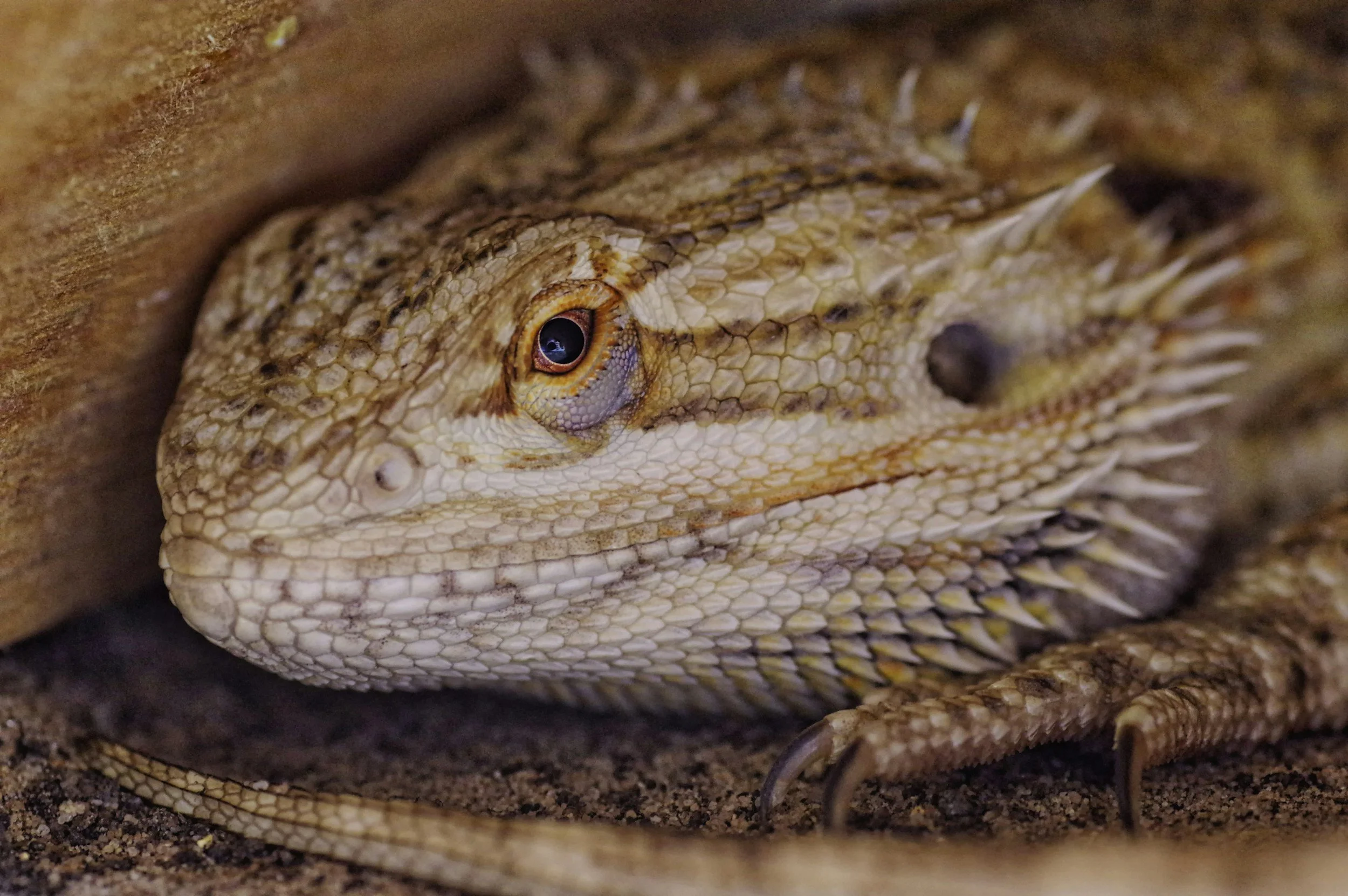Emilee Brewer
Fall is here! The days are getting shorter, the air chillier, and everyone wants to curl up with a nice blanket and go to sleep. So how does the animal kingdom handle these drastic changes? Mostly hibernation! What does hibernation entail, and how does it affect our pets? Let’s find out!
When someone mentions hibernation, I imagine curling into a ball and sleeping soundly until Spring, but that’s not quite accurate. According to National Geographic, “hibernation is an extended form of torpor, a state where metabolism is depressed to less than five percent of normal”. Basically, regular physiological functions slow down or stop completely.
What’s the point, though? Why do they hibernate? Let’s look at the adorable hedgehog. Like all animals, they need energy to maintain body activities, and they get that energy from eating. They eat bugs mostly, and what happens to all the bugs in the winter months? They return to hell where they belong! Kidding. Bugs are super important to the ecosystem. But they do become much more scarce, and so hedgehogs struggle to find food. The solution? They slow their roll. During hibernation, their heart rate decreases from about 190 BPM to 20 BPM! Their body temperature also drops from 95 degrees Fahrenheit to 50 degrees Fahrenheit, and their breathing practically stops (they still breathe, obviously, but it’s once every few minutes and not constantly like normal).
There are a few different reasons an animal may hibernate. People often think of hibernation for colder months. Food is more scarce, and it’s harder to function when it’s -10 degrees out. Hibernating is an excellent way to conserve energy in the cold, but it can also help conserve energy in the heat! Some animals have been observed hibernating in tropical climates to stay cool. Another reason for hibernation is to wait out food scarcities. Echidnas in Australia will hibernate after wildfires. They wait for their food to rebound and get back to normal activities. Finally, animals may hibernate for protection. They don’t smell, they don’t make any noise, they don’t move. Predators are going to have a much harder time finding prey if the animal doesn’t move!
There are risks to hibernating, though. It’s important for the animal to really insulate their den to keep out the cold. If the temperature outside gets too cold, their body functions are supposed to “switch on”, but if the animals fail to wake, they freeze to death. Other animals or humans can disturb their nests and cause the hibernator to freeze.
Note that hibernation is not the same as sleeping. For example, in dwarf lemurs, brain activity during hibernation becomes undetectable. In contrast, when an animal is merely sleeping, brain activity is still readable, and unconscious functions continue. Interestingly, studies have shown that true hibernators must occasionally wake up to properly sleep.
There are different types of hibernation, and that is dependent on how long the hibernation lasts. Hibernation varies from species to species, and can last for days, weeks, or months. As I said, metabolic functions slow significantly. These are considered true hibernators, and they’re harder to arouse.
However, there are also light-sleeping hibernators, and their state of hibernation isn’t as deep and doesn’t last as long. In both instances, the animal will wake on occasion, but it varies in how often they awaken and how easily they awaken. True hibernators take a lot of time and energy to arouse themselves, so they only get up every few weeks to eat and use the bathroom. Light sleep hibernators wake a lot more often and much more easily. Their metabolic functions return to normal briefly and then lower again once they return to their hibernation state.
Only mammals hibernate. Bears, hedgehogs, bats, raccoons; they all hibernate. But reptiles also experience something similar to hibernation called brumation! While physiological functions significantly slow down during hibernation, it’s not quite as drastic for brumation. During brumation, the animal will still rouse occasionally. They may have some days where they’re super active! And then they’ll curl back up and go back to sleep. They still breathe often, and their heart rate doesn’t practically stop. It slows, but not as drastically as mammals in hibernation. Mammals also use their body fat to keep them alive during hibernation, and don’t need to eat or drink. Brumators, however, will wake periodically to at least drink water. They also don’t potty as often in brumation. My bearded dragon will go a solid month without pooping, and then when he finally does poop, it’s massive and stinky, and overall unpleasant for everyone involved.
Hibernation is a complex process in the animal kingdom, and not every mammal does it. Deer, beavers, squirrels, guinea pigs. They may be less active, but they party all year long! They don’t have time to sleep the winter away like those other losers (I would probably hibernate if given the option. A long nap sounds awesome).




